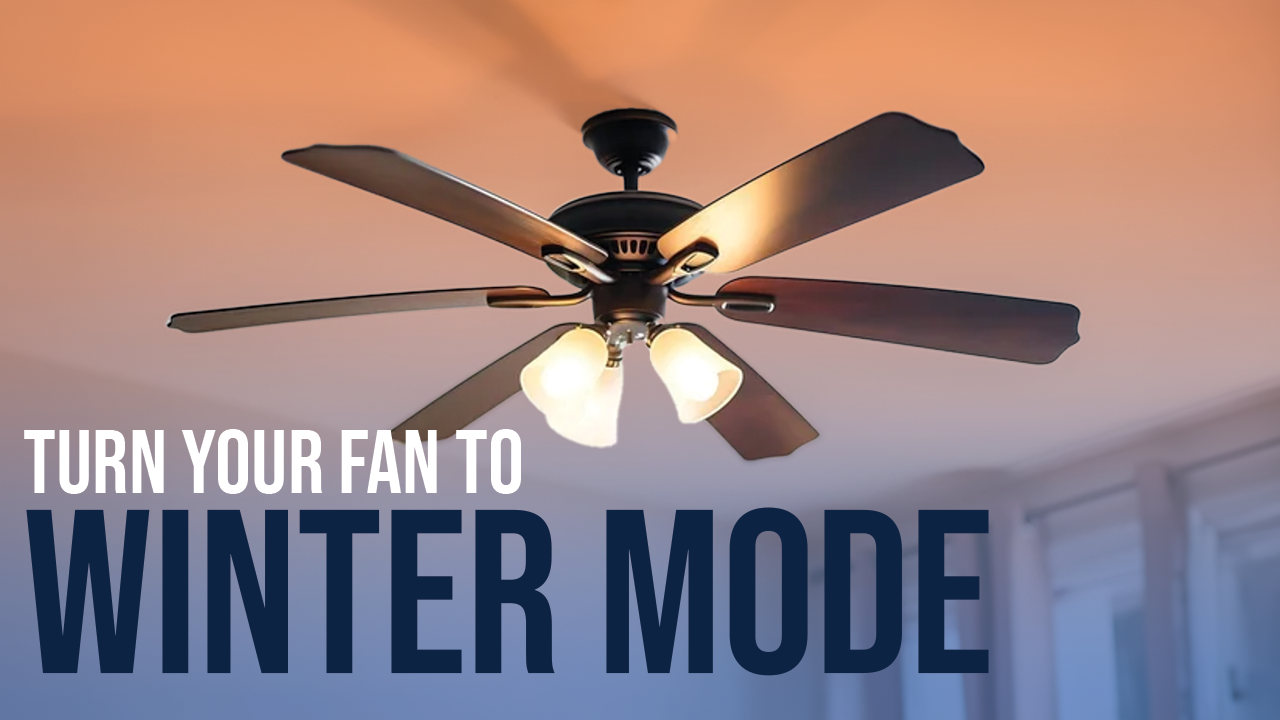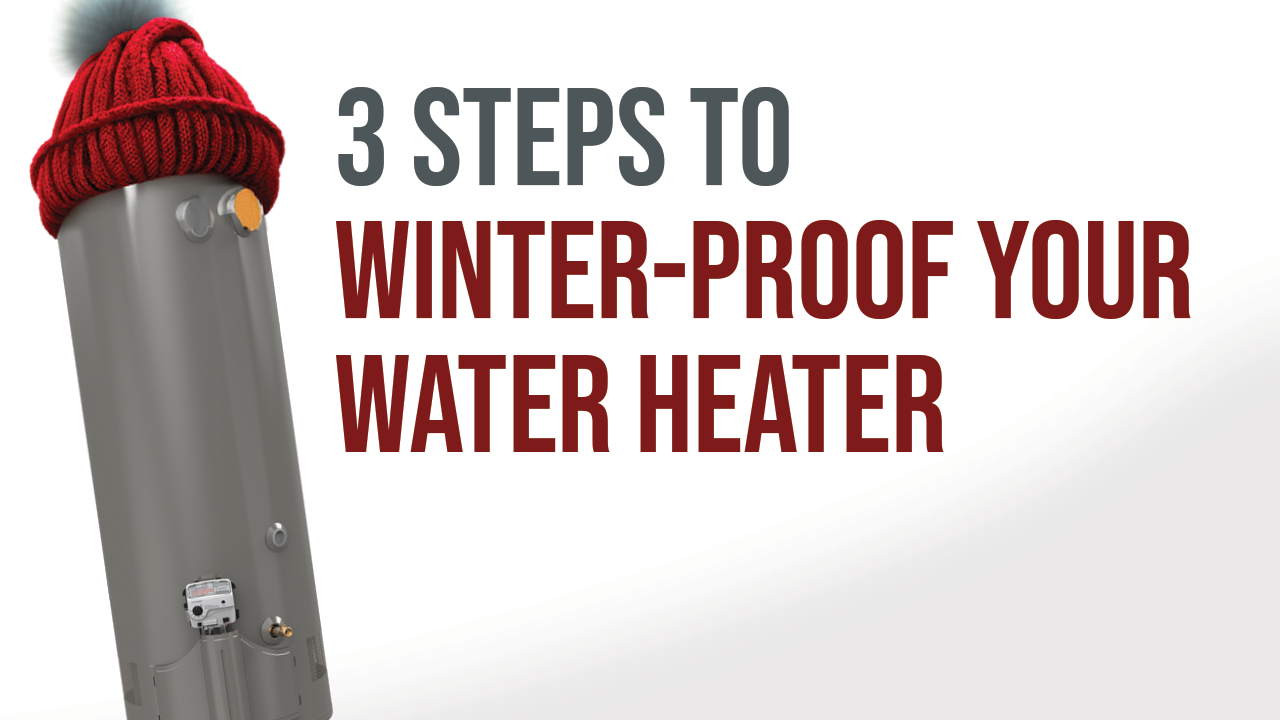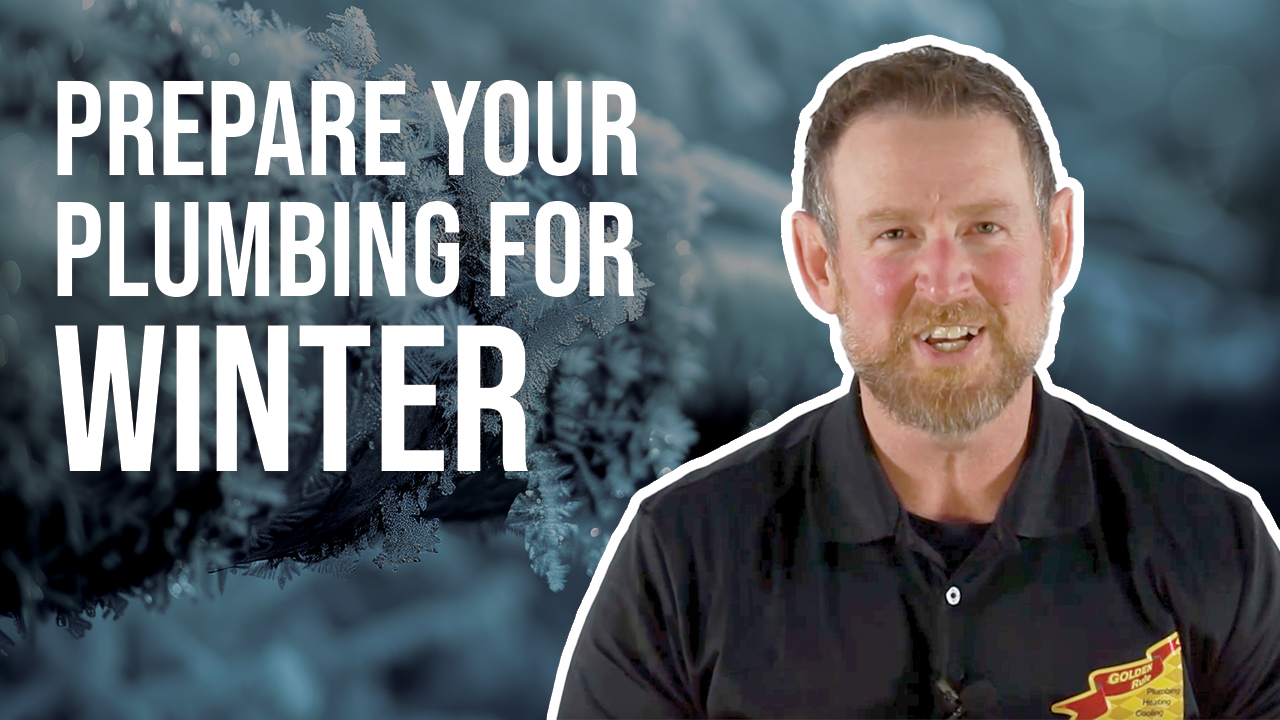Updated January 18, 2024

As a homeowner, your sump pump protects your basement from flooding. Knowing it’s there and ready to kick into action when needed is a relief. But what if my sump pump never runs? Is that normal, or should I be concerned? In this guide, we’ll explore why your sump pump may remain dormant and what you can do to ensure it functions as it should.
Is it normal for a sump pump to never run?
It’s important to understand that it’s not necessarily abnormal for your sump pump to remain inactive for extended periods. Sump pumps are designed to respond to rising water levels in your basement or sump pit. If there’s no significant groundwater or rainfall, it’s perfectly normal for your sump pump not to run.
However, this doesn’t mean you should ignore it. Regular maintenance and testing are essential to ensure your sump pump is in working condition when needed. Consider testing your sump pump by pouring water into the pit to ensure it activates as expected.
Why is my sump pump not kicking in?
If your sump pump isn’t starting when it should, there could be several reasons for this issue. Common culprits include:
- Float switch problems: The float switch is a crucial component that triggers the pump when the water level rises. Check if it’s obstructed, damaged, or improperly adjusted.
- Electrical issues: Ensure that your sump pump is receiving power. Check the circuit breaker and GFCI outlet to see if your pump is plugged into one.
- Pump failure: Sump pumps can wear out over time or become clogged with debris. In such cases, it might be time for a repair or replacement.
By addressing these issues promptly, you can get your sump pump back in working order and ensure your basement remains dry.
Why does my sump pump have power but not pump?
If your sump pump has power but is not effectively removing water from your basement, there are potential issues to investigate:
- Clogged discharge pipes: Inspect the pipes from your sump pump to the outside. Debris, dirt, or ice can obstruct the flow of water.
- Stuck impeller: The impeller moves water out of the pit. If it’s stuck or damaged, the pump won’t function correctly.
- Debris in the pit: Foreign objects in the sump pit can interfere with the pump’s operation. Keep the pit clean and free of debris.
If you take the time to troubleshoot these problems, you may be able to resolve the issue without needing professional assistance.
What triggers a sump pump to run?
Understanding what prompts your sump pump to run is essential. Sump pumps are typically triggered by:
- Rising water levels: As water accumulates in the sump pit, the float switch or pressure sensor is activated, signaling the pump to start.
- Float switch: A float switch is a common mechanism that rises with the water level and activates the pump when it reaches a certain point.
- Pressure sensors: Some sump pumps use pressure sensors to detect water pressure changes and trigger the pump when needed.
Regular testing and maintenance can help ensure these triggers work correctly so your sump pump is ready to spring into action when necessary.
In conclusion, if your sump pump never runs, it may not cause immediate concern. However, proactive maintenance, regular testing, and addressing common issues like float switch problems, electrical issues, and pump blockages are essential to ensure your sump pump functions reliably. Remember, a well-maintained sump pump can be a homeowner’s best defense against basement flooding, so don’t wait until a crisis to ensure its proper operation.
For more complex problems or if you’re uncertain about sump pump maintenance, don’t hesitate to seek professional help. Your basement’s dryness and your home’s protection are worth the investment in a well-functioning sump pump.

As winter rolls in, many of us instinctively reach for the thermostat to stay warm. But did you know your ceiling fan can be an ally in... Read More

Winter brings colder temperatures, which can take a toll on home water heaters. A water heater that isn’t ready for winter may struggle to provide hot water... Read More

Winter can bring a sense of coziness—until you encounter the nightmare of frozen pipes. For homeowners, the risk of plumbing issues due to freezing temperatures is real,... Read More
